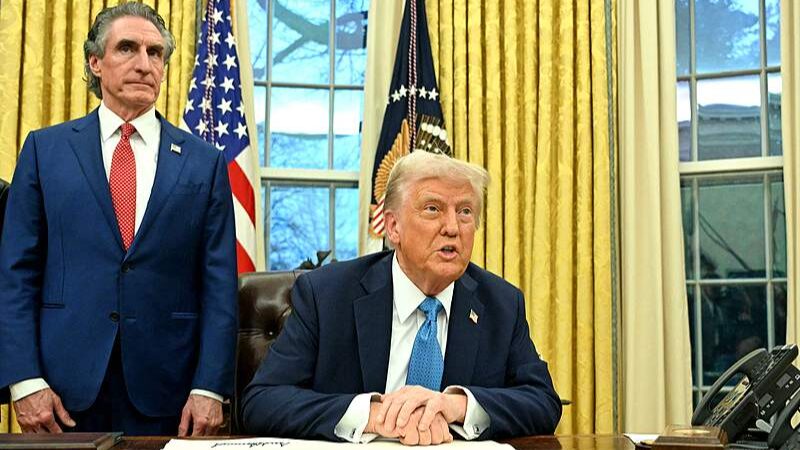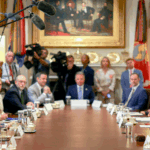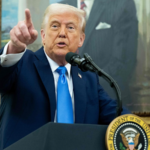As the United States approaches a pivotal deadline for new tariffs proposed by former President Donald Trump, echoes of the nation’s founding economic battles resurface. The “Liberation Day Tariffs,” announced ahead of Independence Day, mirror the contentious legacy of America’s first major legislation: the 1789 Tariff Act signed by George Washington.
Historical parallels reveal how tariffs have long fueled both progress and conflict. Designed initially to repay Revolutionary War debts, early tariffs balanced Northern industrial ambitions against Southern agrarian interests. Alexander Hamilton’s vision for protective trade policies clashed with regional divides—a tension that persists in modern debates over globalization and domestic manufacturing.
Trump’s proposed measures, framed as tools to “level the playing field,” reignite questions about tariffs’ dual role as revenue generators and geopolitical leverage. James Madison’s warning that “political evils” stem from economic disputes remains relevant as the U.S. navigates trade relations with Asia and beyond.
With the July 9 deadline looming, analysts speculate whether protectionism will dominate America’s future as it did its past. For investors and policymakers, understanding this historical context offers critical insights into potential market shifts and cross-Pacific partnerships.
Reference(s):
Protectionism was America's past. Will it also be its future?
cgtn.com








